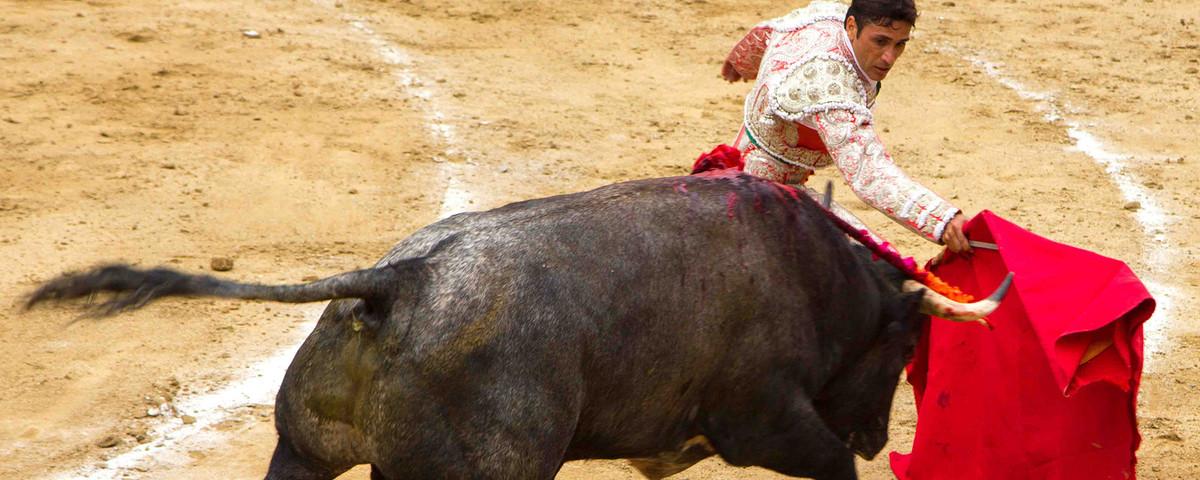TREATISE ON THE STEPPENWOLF
There were times, my friends, that I thought I was the Steppenwolf. Then there were times I did not. But that is perfectly within the character of the thing. Hesse gives you multiplicity in spades, and keeps stepping off into further steppes...Every age, every culture, every custom and tradition has its own character, its own weakness and its own strength, its beauties and cruelties; it accepts certain sufferings as matters of course, puts up patiently with certain evils.

It is the kind of book that would burn. It burnt in the streets out the front of Frankfurt City Hall in ’33. And it kinda burns in your hands. It’s hot, the lines simmer under you like elements. It can burn you like ice can, like European chill.
We follow Harry Haller through a range of fluctuating narrative frames. There is a kind of magic realism going on at times, but one that beautifully disrupts the page. Whether it be politics or relationships or aesthetics, everything is shined and dulled as we run a roller-coaster through the mind of Haller, one way or another.It was cold. Oh, cold enough! But it was also still, wonderfully still and vast like the cold stillness of space in which the stars revolve.
Haller feels he is two things, both a man, and Steppenwolf (a wolf of the steppes): a social, thinking, moral (and immoral), subject; and a loner, instinctive, amoral, living-object. But his critics are already at work, both before we hear his own voice, and even later, when he reads a book about himself. He is both man, and the man-overcome.He assigns, we fear, whole provinces of his soul to the ‘man’ which are a long way from being human, and parts of his being to the wolf that long ago have left the wolf behind.
There is much of Nietzsche here, of course. Harry is an intellectual, an expert on Mozart and Goethe. He was also a public opponent of the first world war (but not enough to get himself executed, he is perfectly aware) and a pacifist who was predicting a much worse war on the way if things don’t change (and this book was published in 1927) and still being pilloried in the press for his previous articles as anti-German.
But he enters the world of feeling through a kind of gender-neutral woman called Hermine, who looks like Hermann, and old friend of his. Hesse has a way of subtly destabilising events. His magic-realism (for want of a better way of describing it) comes in waves, and you never quite know where the dial is. As he gets lost, or found, in further worlds that start with foxtrot and head swiftly toward wanton fornication, homosexuality, interracial group-sex and hard drugs, he certainly does ‘loosen up’ a bit.Looked at with the bourgeois eye, my life had been a continuous descent from one shattering to the next that left me more remote at every step from all that was normal, permissible and healthful.
And I suppose this was what attracted the 60s counterculture movement to pick it up as ‘a bible’ (according to the blurb on my edition); but there is just as much critique of the cross- as the mainstream here, in the story itself. The Steppenwolf is anti-cultural-as-a-culture. It moves to negate more than counter. And the result is both beautiful and disastrous, as it should be.
Can either of them learn to live from each other? Is this even really happening? The original framing narrator has already suggested, no, it’s all preposterous, and it gets more and more so, as Pablo keeps the party drugs flowing and droppin’ da mad beatz. Certainly we descend (or ascend?) more and more into Haller’s interiority, but the realness still shifts up and back. Certainly there are savage shades of the first war futilities to come... But also innocent love revisited...”I am going to teach you to dance and play and smile, and still not be happy. And you are going to teach me to think and know and yet not be happy. Do you know that we are both children of the devil?”
It can be dark, but Hesse always wanted to stress the process of traversing the darkness that is there, the inconsistencies of living, the absurdities. If you don’t actually face them, then you are not letting the man or the wolf play. You must engage wholly in life, to live. In the end, he is determined to begin the game afresh. Why? And how? Mozart tells him:
And he laughs his ghastly laugh.”Humour is always gallows-humour, and it is on the gallows you are now constrained to learn it.”
He wants to start again because traversing hell is the only way to hear a good joke.
\
But you need to read this book and stare into your own Steppenwolf, and stare back into yourself, staring back into you.






